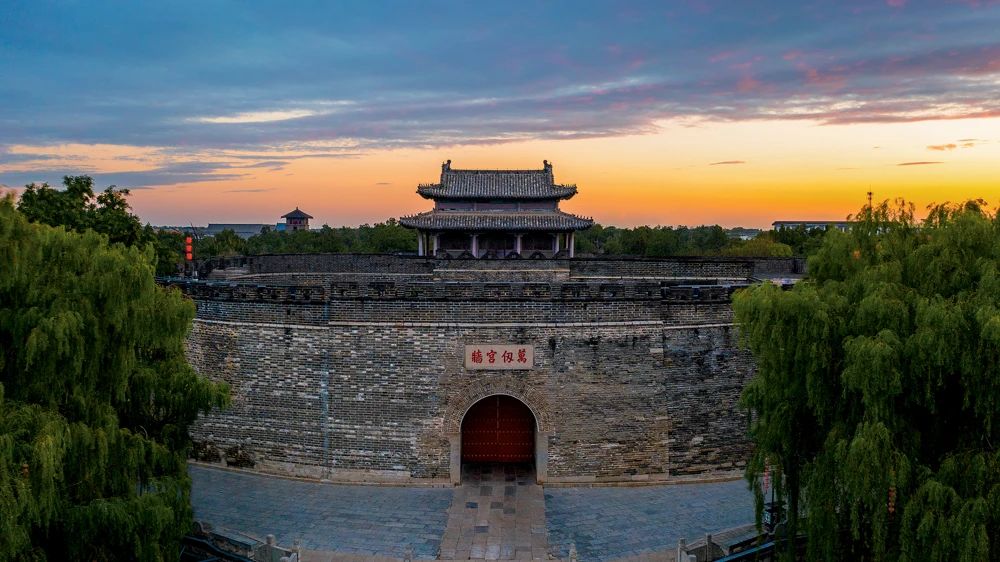
The original name of the Wanren Palace Wall was “Yansheng Gate,” the main entrance to the Temple of Confucius, symbolizing the profound influence and status of Confucius and his Confucian teachings.
“Gathering the essence of sages, unmatched by all other kings.” Confucius shines like the sun and moon, illuminating the spiritual homeland of the Chinese nation. The Apricot Altar gathers friends from afar, while the wooden chime spreads new sounds. Across more than 2,500 years of history, Confucius’s thoughts have profoundly impacted society, maintaining their relevance to this day.
The Temple of Confucius, the Cemetery of Confucius, and the Kong Family Mansion in Qufu, collectively known as the “Three Confucian Sites,” are national 5A-rated scenic spots. In 1961, the “Three Confucian Sites” were listed as “national key cultural relics.” In 1994, they were inscribed on the UNESCO World Heritage List. This year marks the 30th anniversary of their World Heritage status, and Shandong Pictorial has launched a special edition titled “1994–2024: 30 Years Since the ‘Three Confucian Sites’ Gained World Heritage Status.” Now, let’s follow the photographer’s lens to appreciate the charm of the “Three Confucian Sites”!
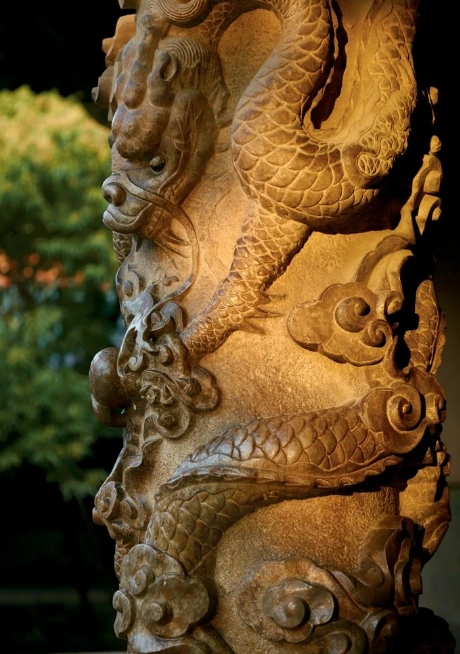
The Grand Hallway’s Historical Radiance and the Dragon Pillars
Confucius (551–479 BCE), given name Qiu, courtesy name Zhongni, hailed from Zou in the State of Lu during the Spring and Autumn Period (modern-day Qufu, Shandong Province). He was an esteemed philosopher, statesman, and educator, the founder of Confucianism, and later honored as the “Great Sage and Teacher” by subsequent generations. UNESCO has also recognized him as one of the “Top Ten Cultural Figures” in world history. The Confucian doctrines he founded are a vital part of China’s traditional culture and a valuable spiritual asset shared by all humanity.
As a unique cultural and spiritual space within China and a key vessel for millennia of cultural heritage, the “Three Confucian Sites” in Qufu are renowned for their rich cultural deposits, long history, vast scale, extensive collection of relics, and scientific and artistic value. They vividly showcase ancient Chinese temple culture and the traditions of poetry and etiquette, embodying the profound spiritual pursuit of the Chinese people and conveying the philosophical ideals, humanistic spirit, and ethical values inherent in traditional culture.
1. Temple of Confucius: Spiritual Sanctuary of the Chinese Nation
The Temple of Confucius, also known as the “Temple of the Sage,” lies along the central north-south axis of Qufu City. It is located at No. 1 Donghuamen Street, 300 meters west of the Drum Tower, in Lucheng Subdistrict, Qufu City, Shandong Province. This national ritual temple is dedicated to Confucius.
The Temple of Confucius was first established during the Spring and Autumn Period in 478 BCE by Duke Ai of Lu, using Confucius’s former residence as a place of worship. Later, emperors of the Western Han dynasty and beyond continued to honor Confucius with posthumous titles. Over the next two millennia, the temple underwent several renovations and expansions, reaching its current form during the Ming and Qing dynasties.
Iconic Structures in the Temple of Confucius:
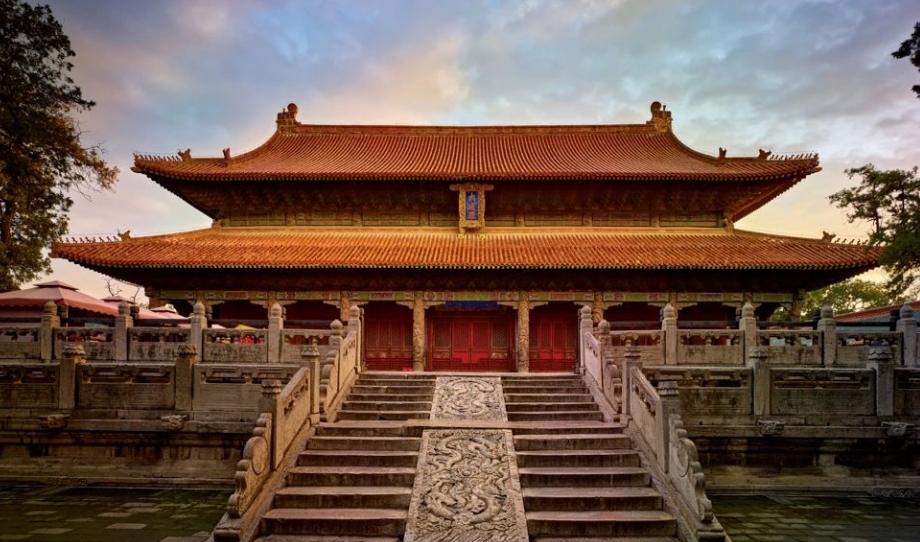
Confucian temple
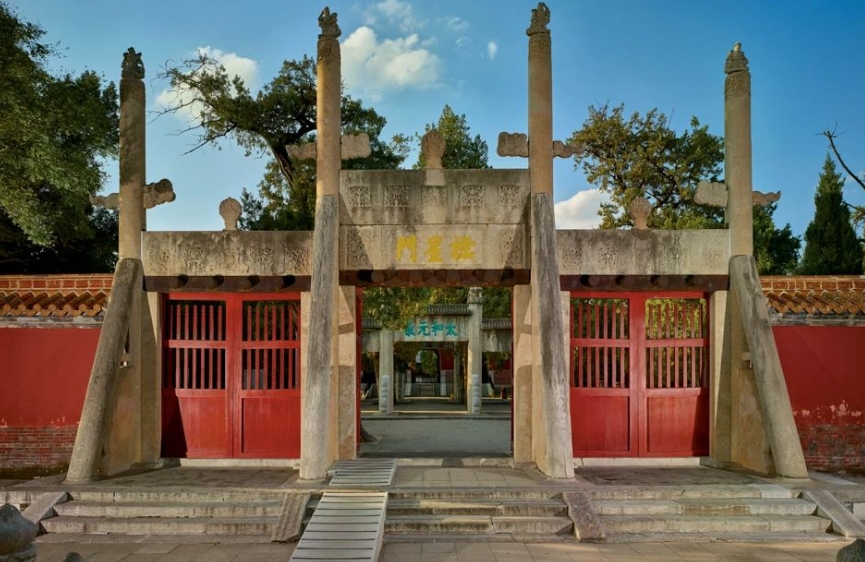
Lingxing Gate
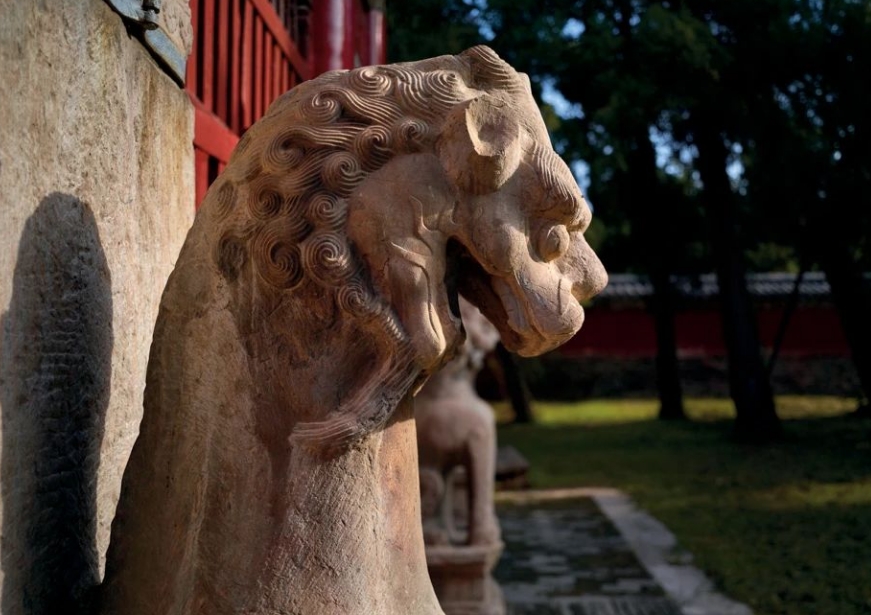
Bi Xie Statue under the Ancient Archway, “Crown of the Ancients,” standing vigil over the centuries-old Temple of Confucius
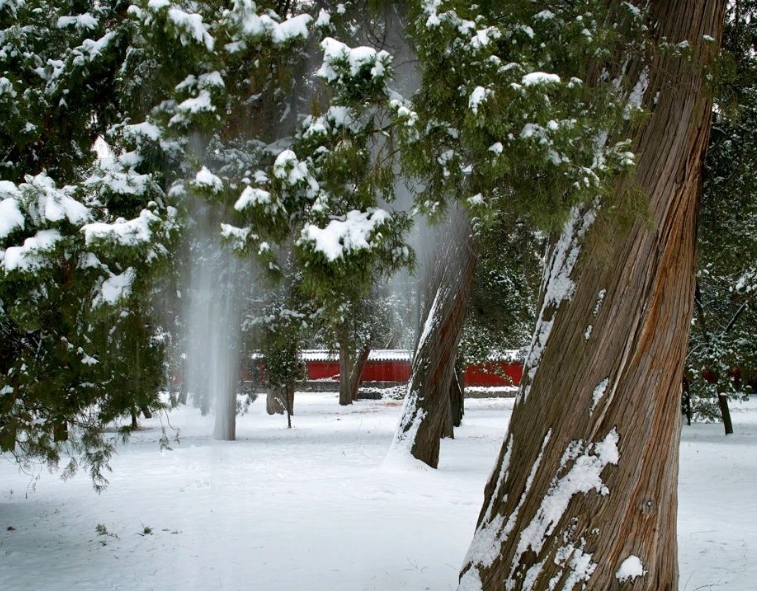
Ancient Snow-Covered Trees in the temple’s courtyard, majestic in the winter, their serene, age-old atmosphere conveying a sense of both weight and timelessness
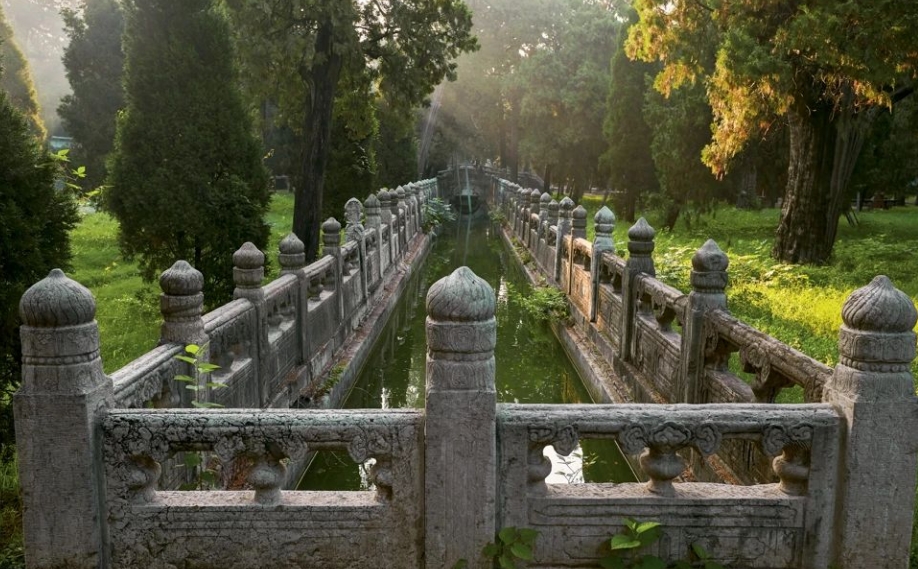
Bishui Bridge in the second courtyard of the Temple of Confucius, a three-arched bridge built during the 13th year of the Yongle reign (1415) of the Ming Dynasty
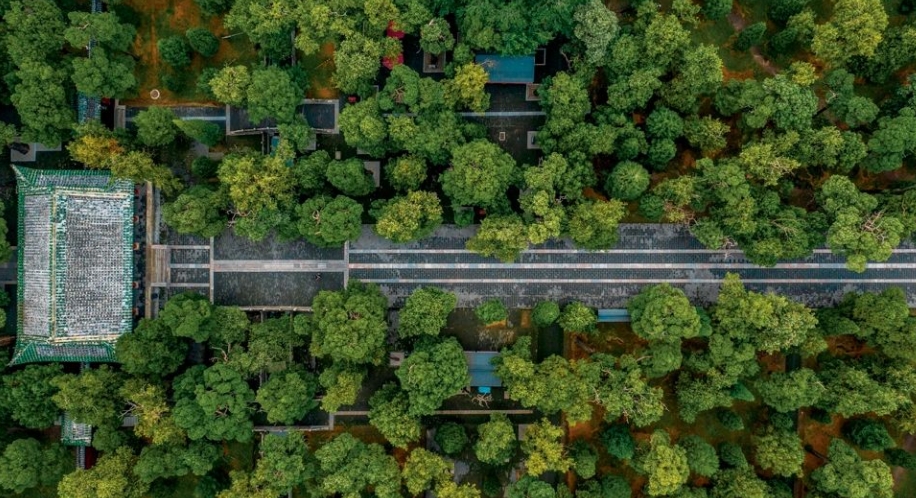
Saint Time Gate and Hongdao Gate are linked by a narrow pathway sheltered by pine and cypress trees
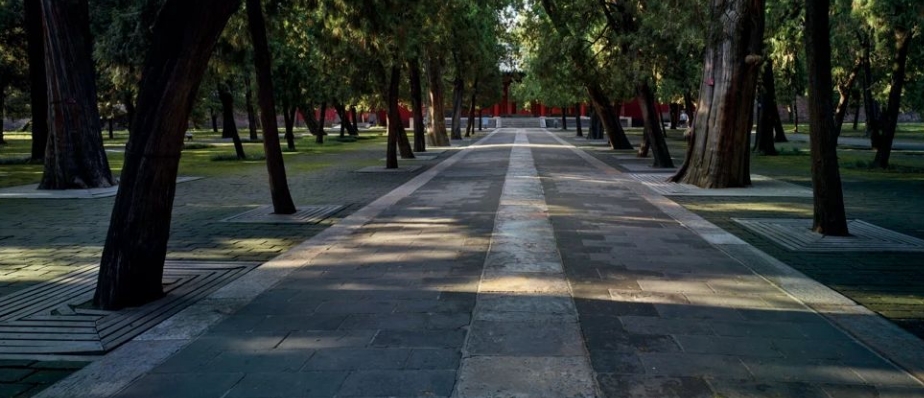
Winding Paths Shaded by Ancient Trees
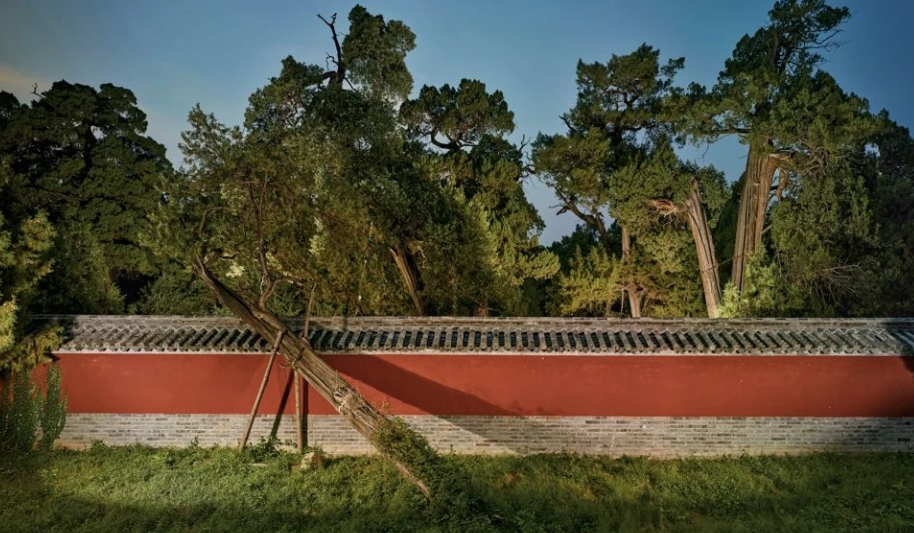
Forest of Ancient Trees in the Temple of Confucius
As the main temple among all Confucian temples, the Qufu Temple of Confucius, with its solemn architectural complex and rich cultural significance, displays the splendor and wisdom of a thousand years of Chinese civilization. Together with the Forbidden City in Beijing and the Mountain Resort in Chengde, it is considered one of China’s “Three Great Ancient Architectural Complexes.” It has not only become China’s largest center for Confucian worship and a sacred site but also, due to its historical significance and status in world culture, was inscribed on the UNESCO World Heritage List.
Other Significant Structures:
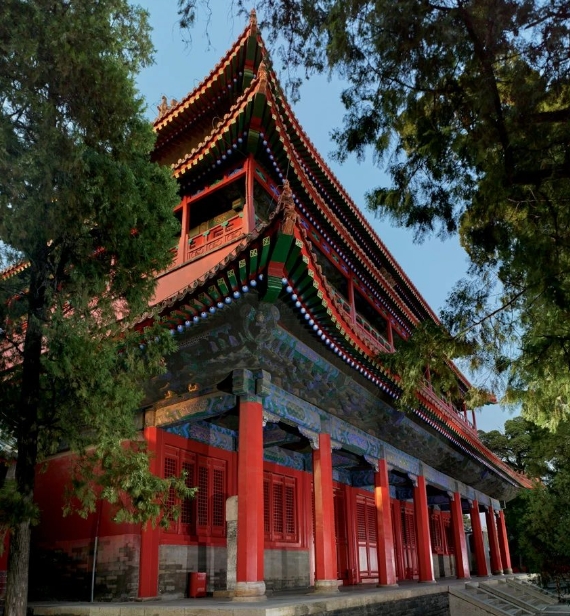
Kuiwen Pavilion
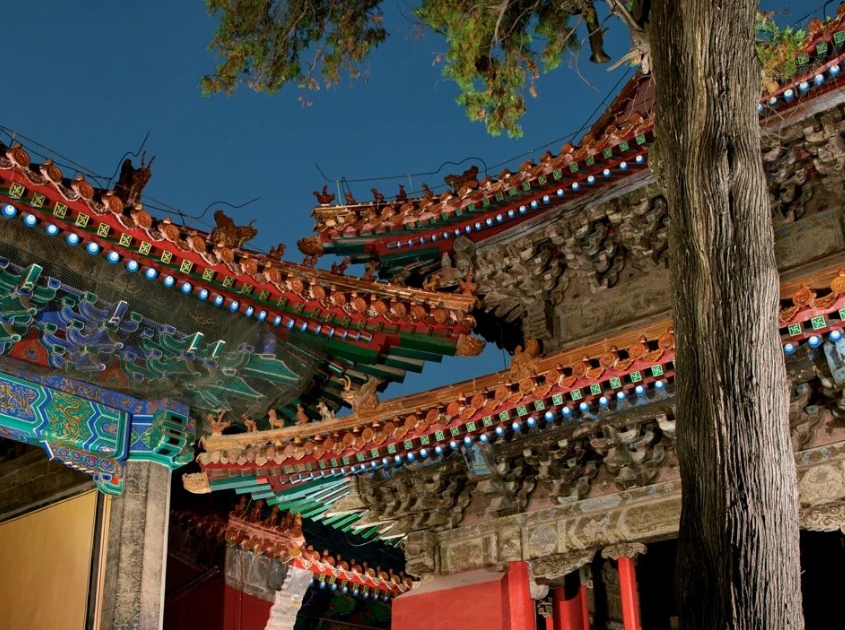
Kuiwen Pavilion, originally known as the “Library,” named for its association with the god Kui, the patron of literature, and used for the imperial collection of books and calligraphy.
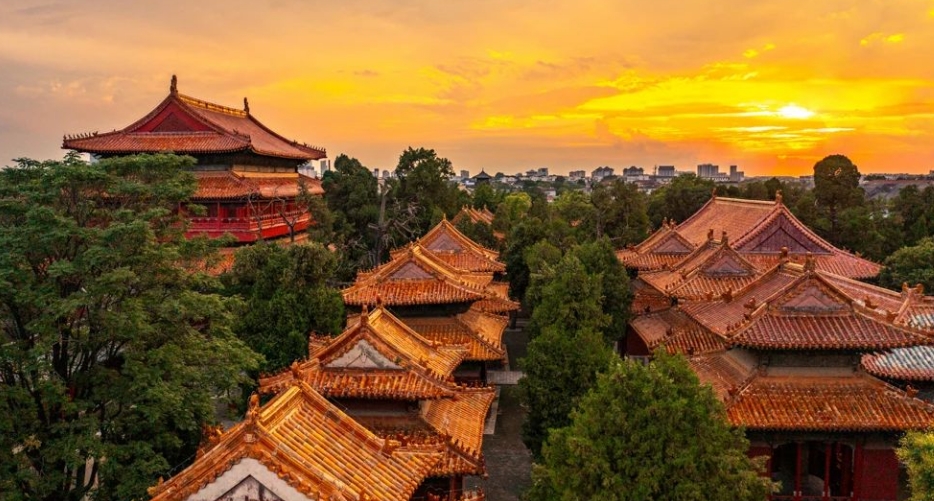
Intricate Cornice Design in the Confucian temple complex displays the beauty of traditional Chinese architecture.
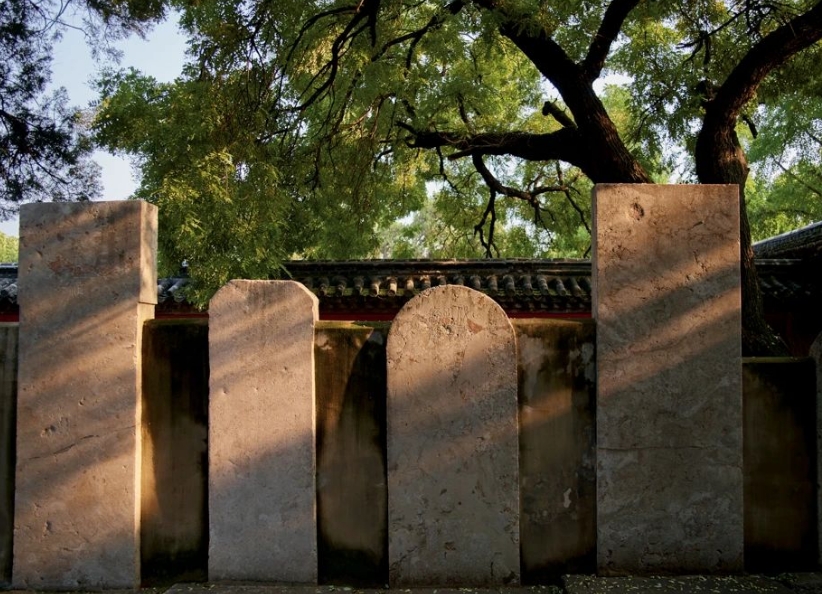
Thirteen Stele Pavilions, located in the sixth courtyard, are arranged in the configuration of “eight in the south, five in the north,” hence their name.
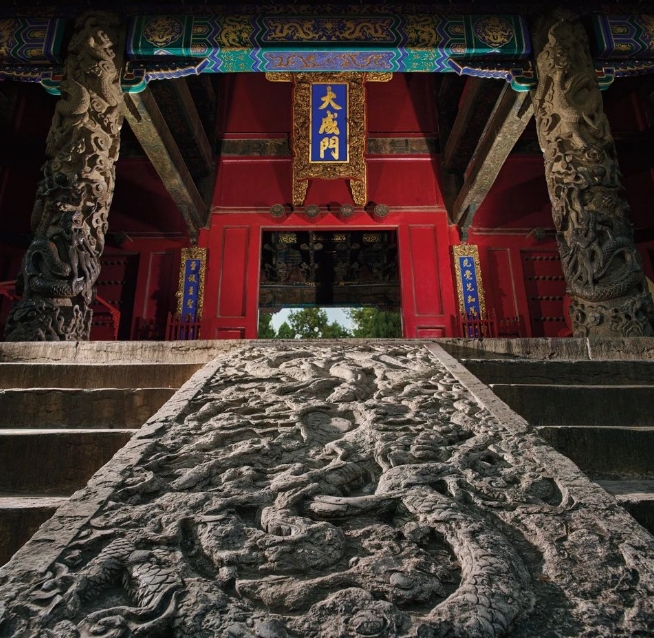
Dragon Terrace of the Great Hall.
2. Kong Family Mansion: Refined Aesthetics of Traditional Chinese Family Life
The Kong Family Mansion was established in the 10th year of the Hongwu reign (1377) by order of Emperor Hongwu of the Ming dynasty as the new residence for the Duke Yansheng, with authorization to establish a government office.
The Kong Family Mansion, originally called the “Duke Yansheng Mansion,” is situated on the east side of the Temple of Confucius in Qufu. It served as the residence of Confucius’s eldest male descendant, with the front section as the office and the back as the residential quarters.
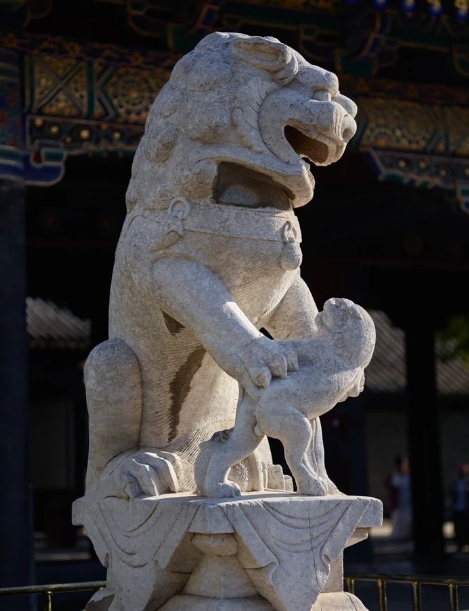
Stone Lions outside the main entrance of the mansion have guarded this family residence for hundreds of years, still exuding an imposing presence.
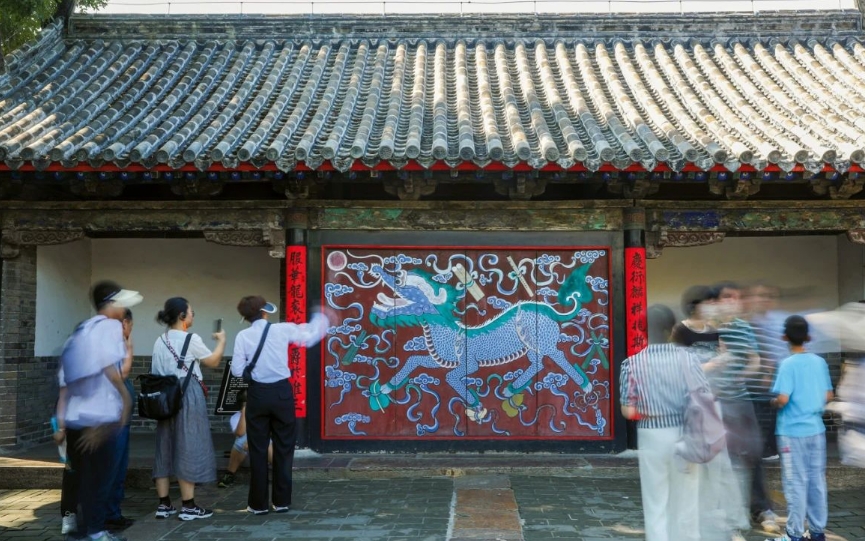
The “Map of Temperance”, a reminder for the Kong family descendants to practice self-restraint.
The Kong Family Mansion combines government offices and family quarters into one structure, featuring traditional Chinese architectural designs and decorations that display typical Chinese characteristics and rival those of the royal family. The entire mansion is divided into east, middle, and west sections. The middle section is the main part, with the front as the office for handling affairs and the rear as the family quarters and garden, reflecting the Duke Yansheng’s significant political status. The east section includes the Hall of Reverence and other structures that emphasize ancestral worship and reverence for Confucius, while the west section includes the Red Pavilion, Loyalty and Forgiveness Hall, and Study, which showcase the refined aesthetic of traditional Chinese family life and the Kong family’s emphasis on scholarship.
3. Cemetery of Confucius: Honoring Ancestral Virtues and Traditional Chinese Ethics
Eternal Spring Archway marks the path to the Cemetery of Confucius, also known as the “Sacred Forest,” which serves as the family burial ground of Confucius and his descendants. The cemetery’s wide variety of tree species make it a natural botanical garden.
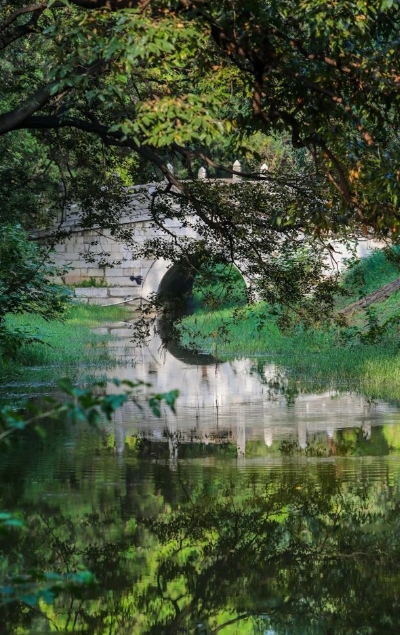
Green-Shaded, Tranquil Pathways deep within the cemetery.
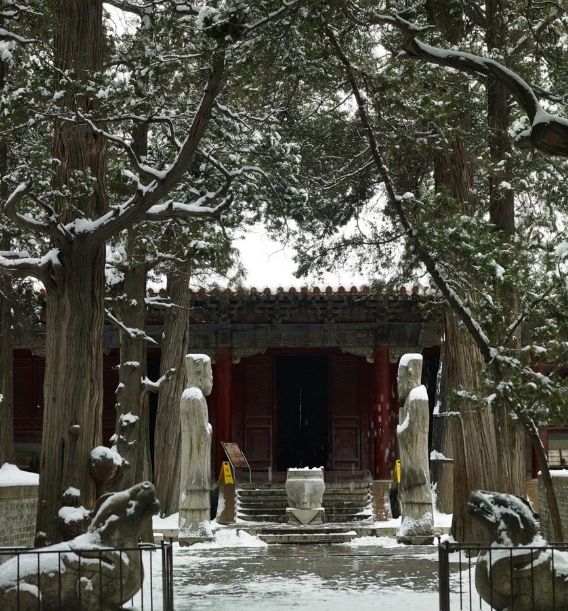
Snow-Covered Landscape of the cemetery in winter.
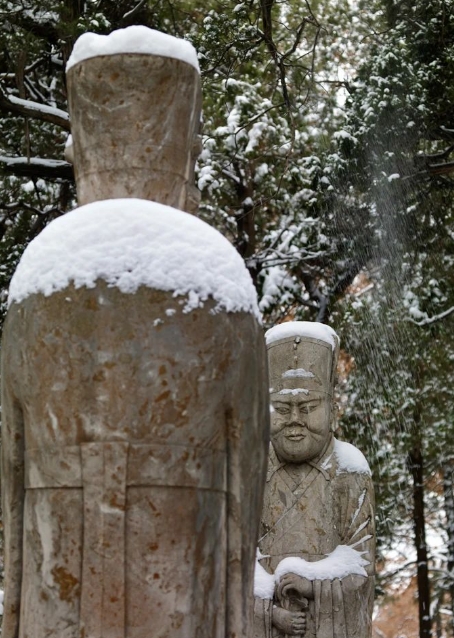
Statues of Civil and Military Officials have stood for centuries near the offering hall south of Confucius’s tomb, solemnly witnessing the passage of time.
As the Temple of Confucius and the Kong Family Mansion showcase the historical status of Confucius and the distinguished standing of his family, the Cemetery of Confucius reflects the reverence and respect accorded to Confucius and his descendants after death. This family burial ground, nestled within a dense forest, comprises tombs, numerous stone stelae, stone figures, and ancient trees, forming one of the world’s largest, oldest, and most well-preserved family cemeteries, signifying the high regard held for Confucius and the Kong family by successive Chinese dynasties.